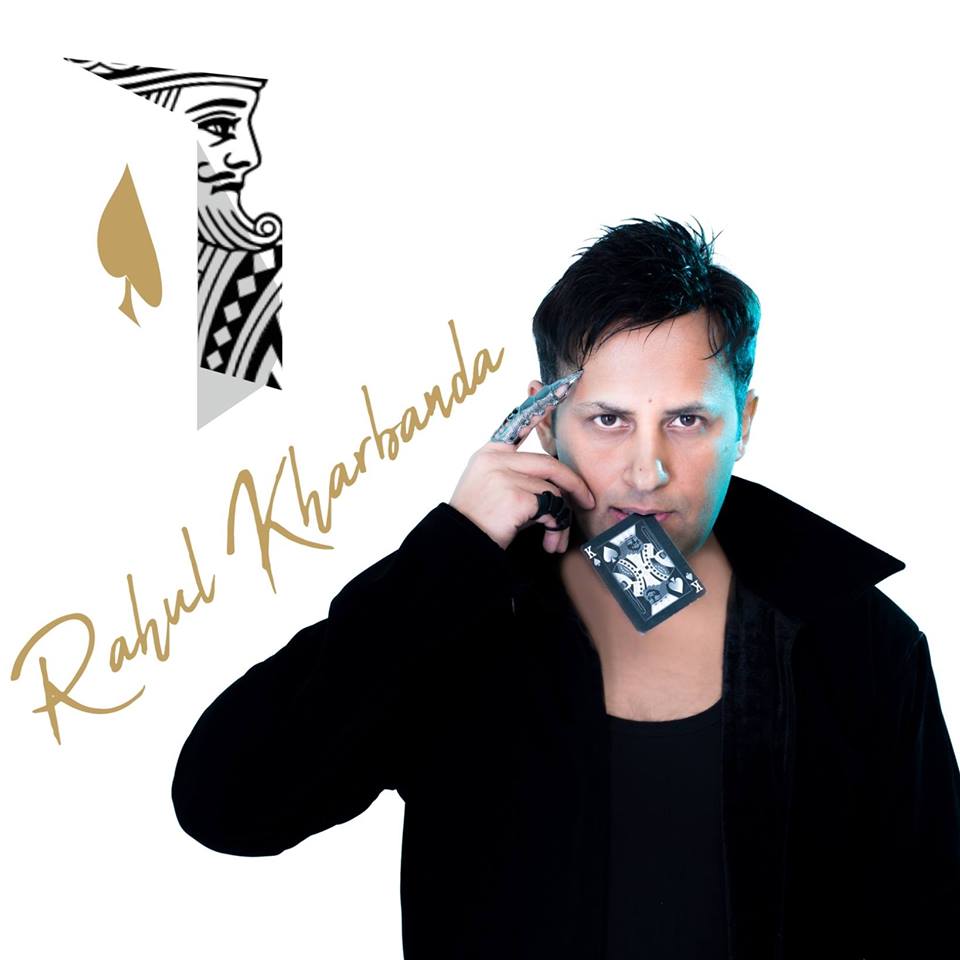Rahul Kharbanda, a digital illusionist based in Delhi, is well known for his iPad performance. Rahul sets a bottle upright on the apparatus while the audience in the auditorium watches with amusement. He then inserts it into the screen to turn it into an image on the iPad’s screen. As an appreciative crowd applauds, he then pulls the bottle away from the screen.
When his father Ashok Kharbanda moved from Kolkata to Delhi in 1983, he practised magic, but it has evolved since then. Rahul used to join his father on his shows to schools, universities, NGOs, and fairs when he was a kid. As he watched his father perform, Rahul would often care after the music and props. “My father used to travel with a lot of suitcases and equipment. I don’t have to do that now, thanks to technological advancements. This is what has changed,” Rahul, 28, explains.
Rahul is one of a growing group of young Indian magicians who have abandoned traditional Indian shows including balls, hats, and ropes in favour of digital effects and gadgetry involving iPads, iPhones, and LEDs. Assistants who used to lie down on swords or help the magician take a rabbit out of a black hat have been replaced by apps.
Rahul believes that getting the fundamentals right is critical to mastering his craft. “In some ways, I’m following the same ideas that my father did throughout his life. But I modify them for gadgets,” Rahul explains, adding that a video of German magician Simon Pierro was his introduction to digital magic.
“I could see traditional magic going out of style, at least in the metros, because people could see far more thrilling stuff online,” says the author. But I wasn’t sure what I could do to make it more modern. Simon’s work steered him in the right way, he claimed.
Rahul and his older brother, Sumit (who is also a magician), worked with an app developer to come up with some new tricks.
Many multinational corporations (MNCs) began operations in India in the 1990s. Several organizations began putting on magic shows for special occasions such as New Year’s Eve and Diwali. “They were looking for good value for their money. “Simple techniques won’t cut it,” Rahul says. Magicians have to step it up a notch. They got props that could be operated remotely. Thin wires or harnesses, similar to those used by actors during stunts, became popular. “It turned into a one-man show,” Rahul explains. iPhones and iPads helped to raise the stakes even higher. Magicians had the ability to appeal to people of all ages.

